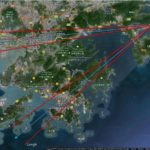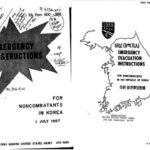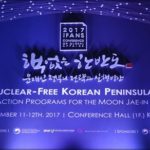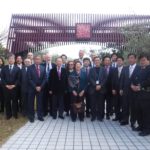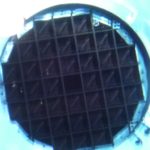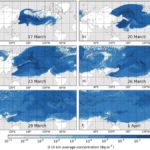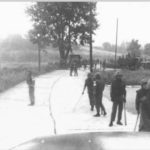
PETER HAYES MARCH 2, 2018 I. INTRODUCTION This essay by Peter Hayes suggests that the August 1976 crisis presents important parallels to today’s situation in Korea that bear on the risk of war and the use of nuclear weapons in a renewed Korean conflict. Writes Hayes, “Since 1976, no American president has allowed such a […]


